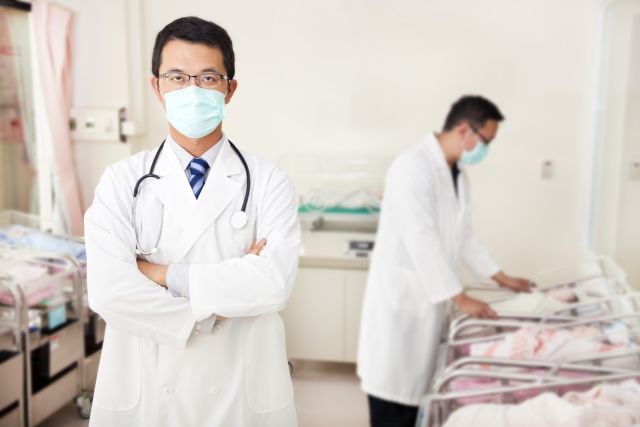More than 1,000 people in California, including 350 infants, may have been exposed to tuberculosis (TB) at a hospital between August and November. A nurse working near the newborn nursery of Santa Clara Valley Medical Center (SCVMC) in San Jose was placed on leave in mid-November, when the potentially deadly lung disease was first suspected. The diagnosis was later confirmed.
“While the risk of infection is low, the consequences of a tuberculosis infection in infants can be severe,” said Stephen Harris, MD, chair of pediatrics for Santa Clara Valley Medical Center, in a statement. The risk is low, according to the hospital, because the nurse did not exhibit symptoms. Although the nurse had been screened for tuberculosis in September and came up negative. It wasn’t until she got an X-ray from her personal doctor for an unrelated condition that she was diagnosed.
Tuberculosis is a bacterial infection that usually infects the lungs, but can spread to other parts of the body. “TB in other parts of the body can mimic other infections, which can make it harder to catch,” says emergency room doctor Darria Long Gillespie, MD, Sharecare’s senior vice president of clinical strategy.
TB can be active or latent. Active TB symptoms include a cough that lasts three weeks or longer, chest pain, coughing up blood, weakness, weight loss, chills and fever. Babies and young children are especially susceptible because their immune systems can’t fight the infection as well as adults’ immune systems. TB is an airborne infection, spread through coughing, sneezing and spit. It’s treated with a combination of antibiotics. “Treatment for tuberculosis tends to be a long-term and often multidrug regimen,” says Dr. Long Gillespie
Tuberculosis without symptoms or sickness – as was the case with the nurse -- is called latent tuberculosis, and is usually treated with antibiotics to prevent TB from developing.
SCVMC is working with its county’s health department and contacting anyone who was potentially exposed to have them screened and, if necessary, treated, including giving chest X-rays and preventative medicine to the potentially exposed infants.
The hospital’s course of action cleaves closely to Long Gillespie’s recommendation. “The appropriate thing to do is work with the state department or other government organizations to make sure everyone who could be exposed is being contacted and having appropriate measures taken to prevent them from getting sick and exposing others,” she says.
Medically reviewed in March 2020.





